
It is not simply just a few cases are springing up, but rather that transmission is occurring, and behind a backdrop of vaccine skepticism.

It is not simply just a few cases are springing up, but rather that transmission is occurring, and behind a backdrop of vaccine skepticism.

The impact of remdesivir across age groups.
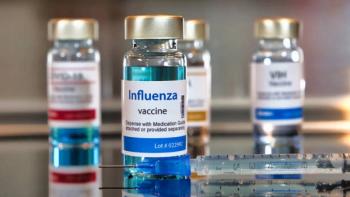
Public health strategy in navigating flu season.

The first-in-class entry inhibitor delivered therapeutic benefits over a long study period for patients with chronic infection.

Customizing treatment strategies for enhanced outcomes and longevity.

Patients hospitalized for suspected community-acquired pneumonia received targeted treatment more quickly with PCR testing than with culture-based diagnostics.
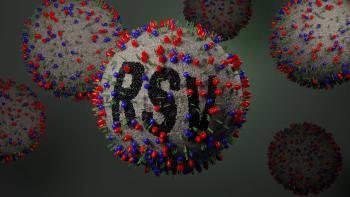
Though a small number of infants received nirsevimab in the analysis, results support existing nirsevimab recommendations to prevent serious RSV disease in infants.

The OASIS platform will help outpatient facilities use prescribing data to improve patient care.
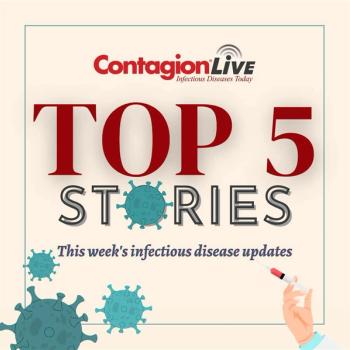
This week, the FDA-approved antiretroviral lenacapavir as it showed treatment benefits; Oral Vancomycin Prophylaxis was explored for preventing C difficile in stem cell transplant recipients; Research into the after-effects of SARS-CoV-2 (PASC) uncovers biomarkers for post-infection sequelae; Chronic hepatitis B worsens COVID-19 outcomes, and cabotegravir ultra-long-acting (CABULA) has shown positive results.

A team developed and validated a new analytic method to quantify omadacycline and its epimerization in stool to facilitate microbiome research.
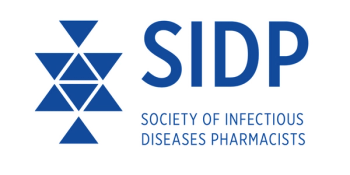
Management of this condition has been associated with antibiotic misuse. In the latest Bench to Bedside column, clinicians offer insights on therapy indications and what the latest literature reports on the condition.

Defense against omicron in HIV-positive patients post-COVID.

The therapy, lenacapavir, showed sustained virological suppression and safety over a 2-year period in this treatment-challenged patient population.
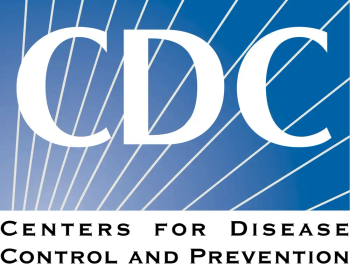
CDC addresses rising vector-borne diseases with an initiative to enhance public health protection.

Both the use of a vaginal ring or oral pre-exposure prophylaxis were found to be safe for HIV prevention throughout pregnancy.
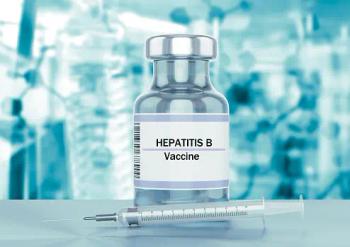
Insights from CROI on the HepB-CpG vaccine trial.
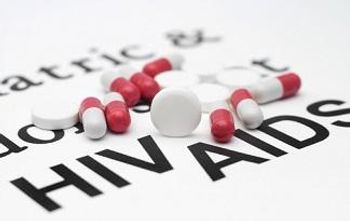
Biomarkers associated with mortality differed by sex and there may be distinct pathophysiologic mechanisms that account for the increased risk seen in females, according to investigators.

Unraveling monocyte activation and the implications for cardiovascular risk
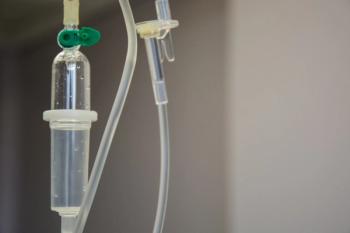
A reduced risk of individual symptoms associated with the condition was reported when patients were administered the therapy within 2 days of admittance.
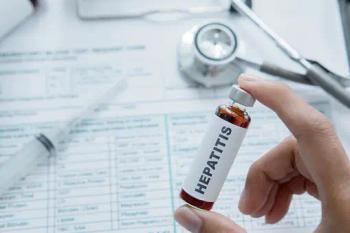
Insights from phase 3 study evaluating bulevirtide efficacy in coinfections.

A National Institutes of Health (NIH) sponsored study reveals a need for more accurate screening in Black people and cisgender women.
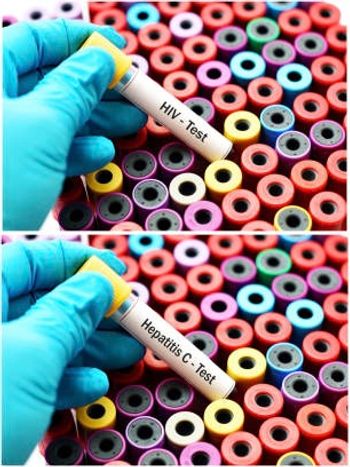
Study shows high efficacy of a 4-week glecaprevir/pibrentasvir regimen for shorter, more manageable treatment duration.

The American Gastroenterological Association guidelines navigating fecal microbiota transplantation in clinical practice.

In a phase 1 study, the investigational therapy known as cabotegravir ultra long-acting (CAB-ULA), showed positive pharmacokinetic, tolerability, and safety data supporting a prospective move to the next stage of clinical development.
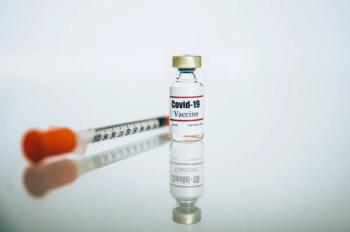
Study presented at CROI 2024 reveals chronic hepatitis B virus (HBV) infection heightens COVID-19 severity as vaccination reduces mortality and ICU demands in co-infected individuals.
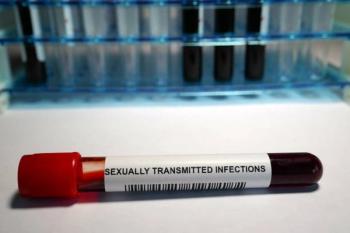
Study presented at CROI 2024 reveals that the introduction of Doxycycline post-exposure prophylaxis (doxy-PEP) guidelines in San Francisco has significantly decreased the incidence of chlamydia and syphilis

A new study offers some clues into the pathophysiology and biomarkers of post-acute Sequelae of SARS-CoV-2 (PASC).

Study dives into the complexities of using Oral Vancomycin Prophylaxis to combat Clostridioides difficile in hematopoietic stem cell transplantation recipients with insights from researcher Alexander Vartanov, MD.
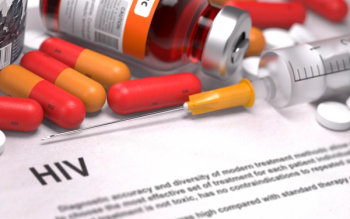
From the ongoing CROI meeting, the FDA approved antiretroviral was studied over a 2-year period and showed treatment benefit.